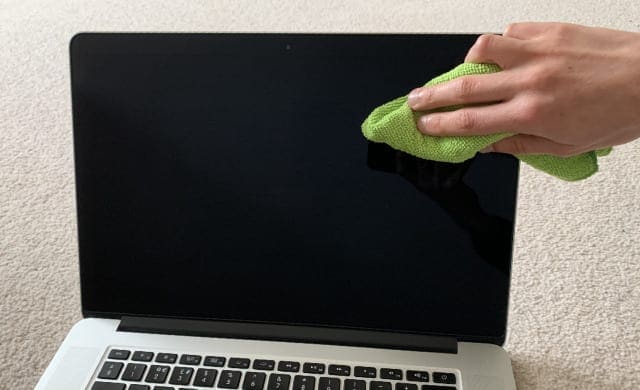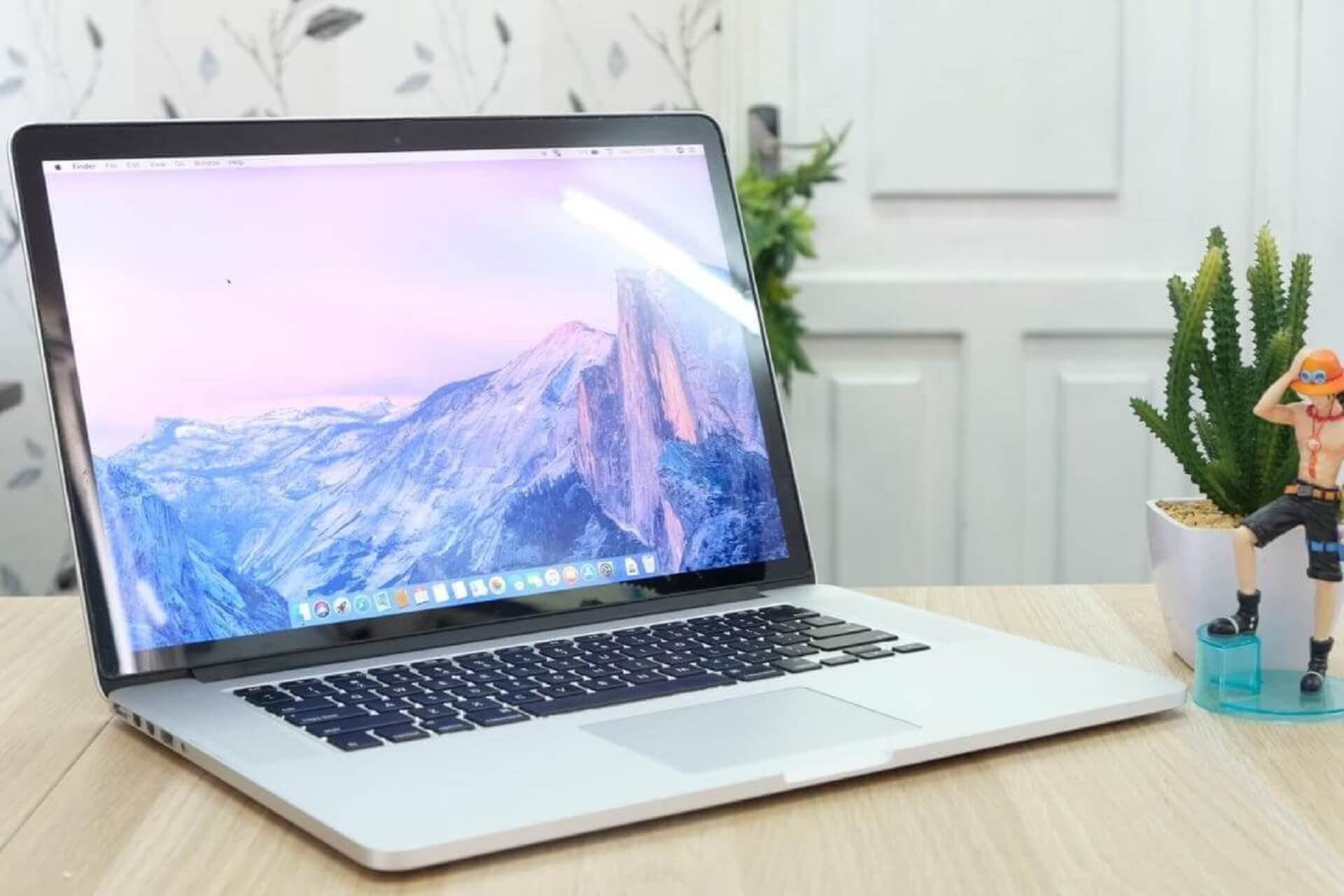


At home mac screen cleaner pro#
The exception is the Apple Pro Display XDR or iMac, which requires a special polishing cloth. For this reason, avoid T-shirts, towels, and paper towels. Even a fabric as soft as a cotton shirt has snags and uneven particles that can scratch a computer screen. Magnesium can damage your screen or leave even more streaks. Especially in areas with hard water, water containing minerals like calcium and Using an abrasive cleaner can ruin the finish of your screen. This includes bleach (or any products containing bleach), hydrogen peroxide, or all-purpose spray cleaners. This is just safe practice where any amount of liquid is involved, but more specifically, any static on the screen could create a shock and damage the internal components.ĭo not use abrasive cleaning solutions. Turn off your computer before cleaning the screen. But since screens are especially susceptible to damage, there are a few general guidelines that apply, no matter the type of screen you own. Never spray cleaning solution directly on the screen.įor the best advice for cleaning your screen, it's a smart idea to check your owner's manual, which provides the manufacturer's specific recommendations. Just remember not to get any liquid into the device's ports or openings - to avoid this, you might want to wring out the wipe to remove any excess liquid before using it. Note: Apple claims that you can use 70% isopropyl disinfecting wipes to clean any Apple product. Before you turn your computer or laptop back on, allow the screen to dry completely. If any streaks remain once the screen dries, gently buff them with the dry cloth. Spray or lightly dab the solution directly onto the cloth and carefully wipe the screen from left to right.īuff with a dry cloth and air-dry. For glass-coated screens, you can use a mixture of equal parts water and vinegar or rubbing alcohol. If any marks remain, wipe with a lightly moistened cloth. If necessary, apply gentle pressure to remove surface-level smudges. Use a dry, lint-free microfiber cloth to gently wipe away any visible dust and dirt. Dust, fingerprints, and smudges are also easier to spot on a black screen. For safety reasons, begin by letting the device cool down completely. What you needħ0% isopropyl alcohol (optional, for non-LCD/LED screens only)ĭisinfecting wipes (optional, for non-LCD/LED screens only)Ī microfiber cloth is made up of special fibers that won't damage your screen. If you know that your display is glass-coated, you can also use an equal parts mixture of water and 70% rubbing alcohol. If you'd like some extra sanitation power, an equal parts mixture of water and vinegar is safe no matter your screen type. That's to say you don't need a special store-bought cleaning solution.

To clean a computer screen, you really just need two things: A microfiber cloth and filtered or distilled water. Since there are so many computers, laptops, and monitors out there, each with their own set of variables and specificities, it's smart to just simply err on the side of caution. Extra care should be taken with these screens so not to damage the pixels that make up the display.
At home mac screen cleaner windows#
LCD or LED screens: Windows computers and most touchscreens and matte displays are typically not coated in glass.Glass displays are a little less delicate than LCD or LED screens, and mild cleaning solutions, like rubbing alcohol, are generally safe to use on them. Glass-coated screens: The screens on newer iMac displays and MacBooks have a glass overlay.

You'll want to be careful no matter your screen type, but it's helpful to know that displays come in two categories: What to know before cleaning a computer screenĬomputer screens are not all made the same, and thus can't all be cleaned the same way.


 0 kommentar(er)
0 kommentar(er)
